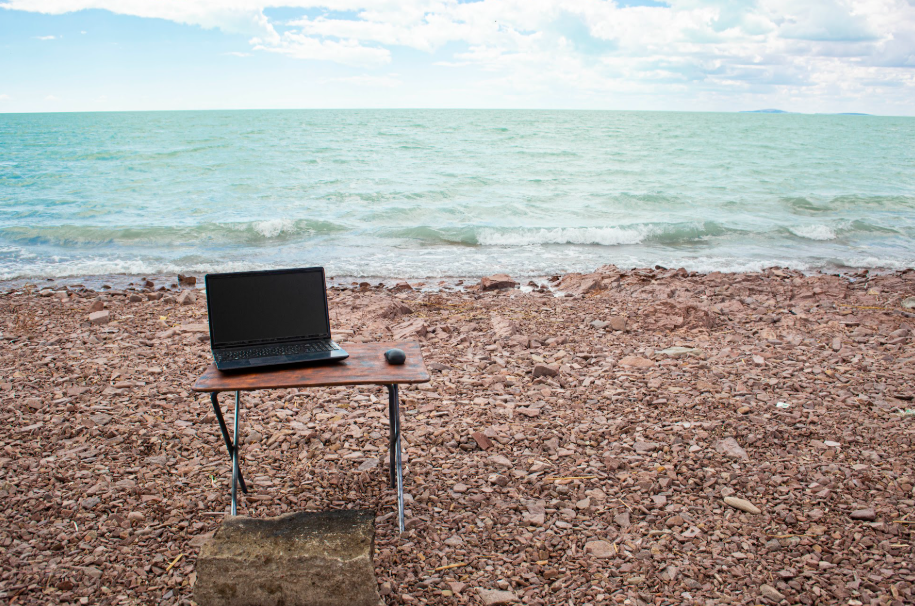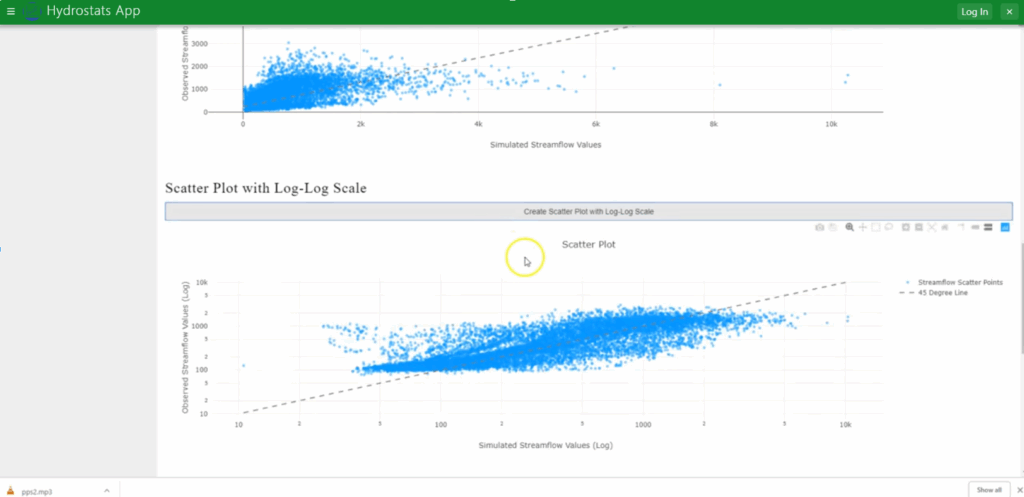Your cart is currently empty!

The Power of Python in Earth Science
—
Earth scientists face a unique challenge of translating complex environmental data into tools that help communities understand our planet. While their expertise lies in understanding Earth’s systems, creating accessible applications to share this knowledge often required web development skills beyond their training.
Python has emerged as a bridge between these worlds, allowing scientists to transform their research into tools that inform real-world decisions. Through Tethys Platform interface for Python, this transformation becomes even more accessible, enabling Earth scientists to focus on solving environmental challenges rather than wrestling with web development complexities.
Python: The Language of Modern Earth Science
Python has become the preferred programming language for many Earth scientists for good reason. Its readable syntax makes it approachable for those without formal computer science backgrounds. Its extensive ecosystem of scientific libraries, including NumPy, Pandas, and Matplotlib, provides powerful tools for data analysis and visualization. Perhaps most importantly, its flexibility allows it to handle the diverse data types common in environmental research. Things from satellite imagery to time series measurements are made easier to showcase when utilizing these platforms.
This accessibility has transformed how Earth scientists approach their work. Rather than relying on specialized and expensive commercial software, researchers can develop custom analysis workflows that precisely address their questions. They can combine data from multiple sources, implement novel analytical approaches, and automate repetitive tasks—all while maintaining the transparency that scientific research demands.
From Analysis to Application
Despite Python’s power for data analysis, a significant gap has traditionally existed between analyzing data and sharing insights through interactive applications. Earth scientists could produce valuable insights using Python, but transforming these insights into tools that non-specialists could use required entirely different skill sets.
Tethys Platform bridges this gap by providing a framework specifically designed for Earth scientists and Python users. By building on their existing Python knowledge, scientists can create sophisticated web applications without becoming web development experts. The platform handles the complexities of web infrastructure, allowing researchers to focus on what they do best: developing solutions to environmental challenges.
The Hydrostats App demonstrates this transformation. Developed using the Hydrostats Python package, this application provides tools for validating hydrological time series data and ensemble forecasts. What might have remained a specialized package used primarily by experts has become an accessible tool that water managers without programming experience can use to evaluate model performance and make informed decisions.

Beyond Basic Visualization
Python’s scientific ecosystem already includes powerful visualization libraries. However, Tethys Platform takes these capabilities further by providing specialized components for environmental data. Interactive maps, time series plots, and data management tools tailored to Earth science applications allow researchers to create more sophisticated interfaces than generic visualization libraries can provide.
This specialization makes a significant difference in application effectiveness. Environmental data often has unique characteristics that generic visualization tools struggle to represent effectively. Tethys Platform’s specialized components help communicate these complexities more clearly, resulting in applications that better support decision-making.
The Met Data Explorer exemplifies this specialization. By processing NetCDF and THREDDS data from multiple sources and extracting time series for hydrologic models, the application transforms complex meteorological datasets into formats that practitioners can readily use in their modeling workflows. This transformation would be challenging to achieve with standard visualization libraries alone, but Tethys Platform’s specialized tools make it feasible.
Collaboration and Community
Perhaps the greatest power of Python in Earth science comes not from the language itself, but from the collaborative communities it enables. Python’s open-source nature has fostered ecosystems of shared tools and best practices that accelerate scientific progress. Rather than reinventing solutions to common problems, researchers can build upon existing libraries and contribute their improvements back to the community.
Tethys Platform extends this collaborative approach to application development. By providing a common framework, it enables Earth scientists to share not just analytical methods but entire interactive tools. Applications developed for one region or purpose can be adapted for others, creating a multiplier effect that increases the impact of each innovation.
This collaborative approach is particularly valuable given the global nature of environmental challenges. Solutions developed in one region often have relevance for similar environments elsewhere. The open-source nature of Python and Tethys Platform ensures that these innovations can benefit communities worldwide, regardless of their resources or technical capabilities.
Looking Forward
As environmental challenges become more complex, the need for accessible, flexible tools will only increase. Python’s role in Earth science continues to grow, with new libraries and approaches emerging regularly. By building on this foundation, Tethys Platform enables Earth scientists to create Python applications that not only advance scientific understanding but also support practical decision-making in communities worldwide.
For Earth scientists interested in expanding the reach of their work, learning Python and exploring Tethys Platform represents a valuable investment. The skills developed not only enhance research capabilities but also open new pathways for making that research meaningful to the communities that need it most.
To learn more about how Python and Tethys Platform can enhance your Earth science work, explore our tutorials and community resources. Join our growing community of scientists and developers working together to create accessible tools that help protect our planet’s resources.

Leave a Reply